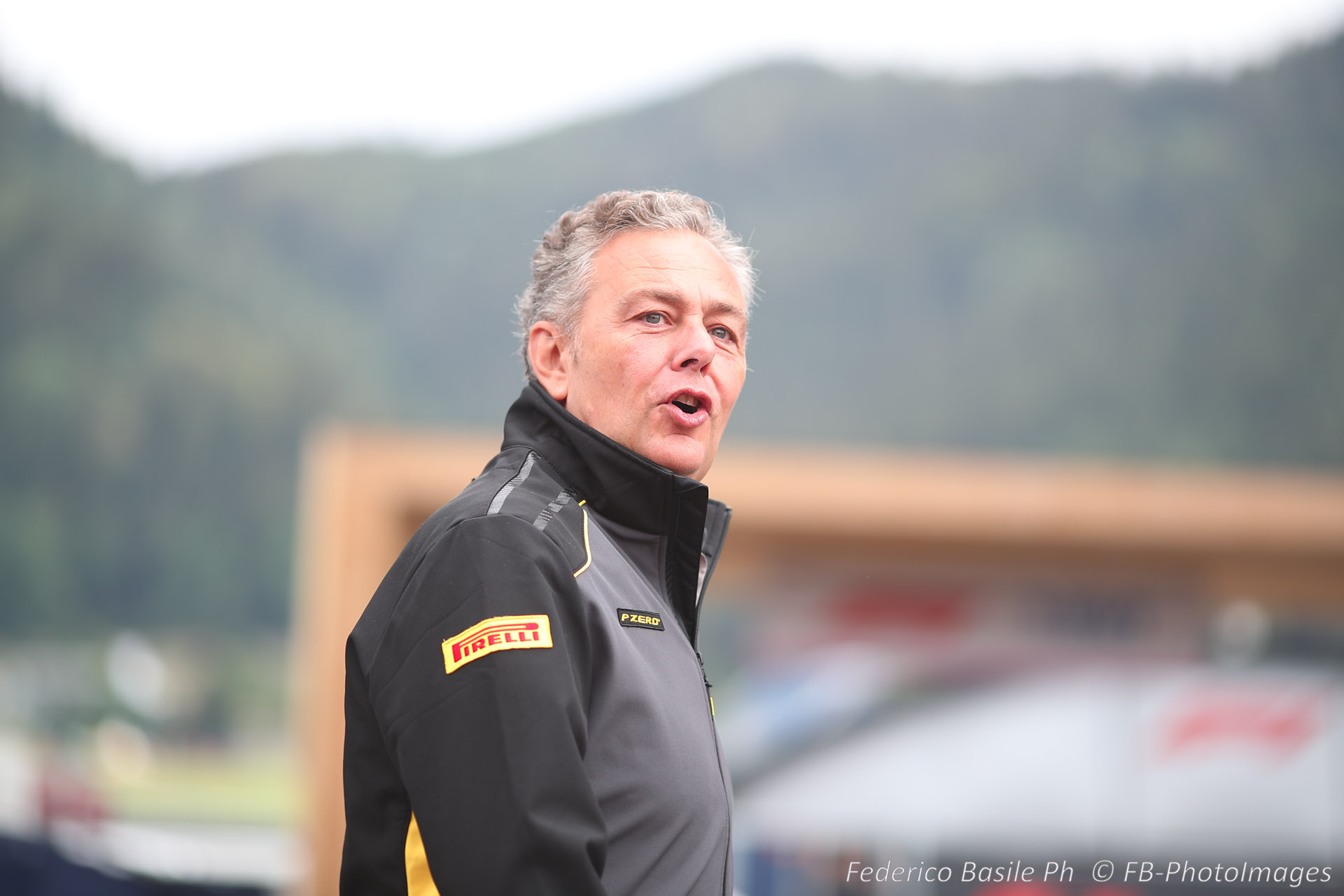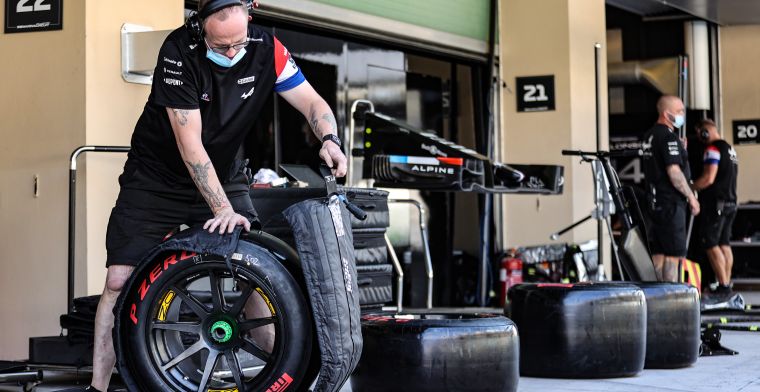F1: 2024 Tire Blanket ban has major impact on Pirelii tires
Formula 1 plans to ban the use electric tire blankets in the 2024 season, and Pirelli head of Motorsport Director Mario Isola claims this means new tires have to be designed.
The decision to ban the tire blankets was applied at stages, as the regulations mandated a gradual reduction in the temperatures used until finally, the practice is ceased in 2024.
In 2021, the maximum temperature of the tire warmers was reduced to just 100°C at the front and 80°C at the rear. Currently only 70°C temperatures are allowed for all slicks while the number of blankets was reduced from 40 to 20.
This gradual plan to remove the practice of tire blankets is not haphazard, as Pirelli’s Motorsport Director Mario Isola explained the reasons to Auto Motor und Sport and explained the reasons why such a strategy was adopted.

“If you want to drive without electric blankets, you have to design an entirely new tire,” he began. “It’s not enough simply to build new compounds with a larger working range.
“The Formula 1 cars are so fast and generate such great forces that the pressures increase by ten to twelve PSI while driving. This changes the entire profile and contact area of the tire,” Isola pointed out.
While tire blankets are no longer in use in Formula 2, Isola claims there can be no comparison between both F1 and its feeder series, as the increase in pressure from when the tires are bolted to the cars and once they are loaded by the driving is greater in F1.
F2 tires are inflated to a pressure of 13-15 PSI before being bolted on the cars. That pressure rises to 20 PSI in driving conditions
“The increase in pressure is twice as high vs. Formula 2,” Pirelli’s Motorsport boss estimates. “Because of the high loads, we can’t just start with 15 PSI in Formula 1. Then the drivers would have to take it easy at the beginning of a stint and only slowly increase the tire temperature.
“Of course, that doesn’t work in a race. So, they have to start at 20 or 21 PSI. The pressure then quickly climbs to over 30 PSI,” the Italian pointed out.
When Pirelli tested their new-for-2022 18″ low profile tires, simulations were done with lower tire blanket temperatures used, as 2023 will see a further drop in blanket temperatures to 50°C, before the full ban of 2024.
These simulations are the reason why this year’s tires haven’t caused major problems, according to Isola.
“Next year, the temperatures of the electric blankets will continue to fall – to just 50°C front and back,” Isola said. “This also increases the pressure differences within the stints.
“We deliberately only take small steps so that nothing goes wrong and the show suffers. The tires work very well this year. Of course, it should stay that way even if we do away with the electric blankets altogether,” he insisted.
Isola is happy that FP2 sessions will be extended by 30 minutes to allow for tire prototypes testing, as F1 plans to trial the new format in Austin this year.
“We need cars of the current generation. We have to go to different tracks where the tires are subjected to different loads. And we have to drive in different conditions,” he said.
“The idea of using the FP2 for testing is actually very good,” the Italian admitted. “The teams don’t have to travel to a track or stay longer after a race weekend. But as soon as you have a new good idea, the teams find problems.
“They complain that they have to use the same cars and the same engines as the rest of the weekend. Mileage quickly becomes an issue,” he warned.
With different cars in F1 having different performance, Isola advises that all teams participate in tire tests so that Pirelli can understand how the tires behave with different levels of downforce.
“The fast cars put the tires under more pressure,” he said. “We have to ensure that the warm-up process also works with the slower cars. And that the tires don’t overheat in the fast teams.
“That’s where we have to find a good compromise so that the tires work with all ten cars, all 20 drivers and on all tracks. It’s not going to be that easy,” Isola maintained.
